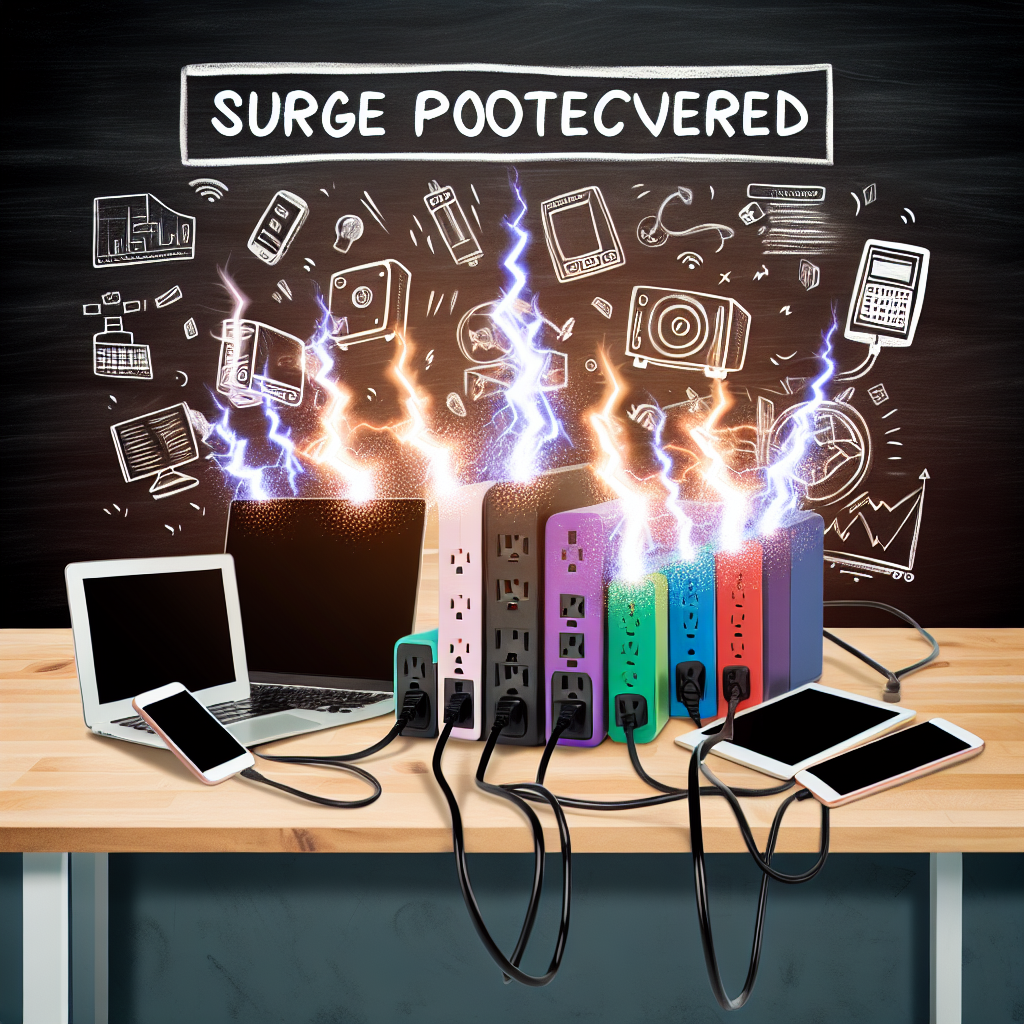How to Safeguard Your Devices with Power Strips
Introduction
In today’s electronic age, the importance of safeguarding our devices from unexpected power surges cannot be overstated. A sudden spike in electrical voltage can cause irreparable damage to your gadgets, leading to costly repairs or replacements. This article explores the role of power strips in surge protection and provides practical tips on how to use them effectively.
What is a Power Surge?
A power surge is a brief increase in voltage that can occur for various reasons, including:
- Lightning strikes
- Power outages
- Faulty wiring
- Large appliances cycling on and off
Even a minor surge can wreak havoc on sensitive electronics, which is why investing in surge protection is crucial.
Why Use Surge Protector Power Strips?
Power strips designed with surge protection include a built-in mechanism to absorb excess voltage, ensuring that your connected devices remain safe. Here are several reasons why they are an essential investment:
- Cost-effective Protection: Compared to the potential expense of replacing damaged devices, surge protector power strips are a low-cost solution to safeguard your electronics.
- Convenient Power Management: These power strips allow you to plug in multiple devices, reducing cable clutter while providing protection.
- Indicator Lights: Many surge protector power strips feature indicator lights to show whether the surge protection is functioning correctly.
Types of Surge Protector Power Strips
There are several types of surge protector power strips, and understanding their features can help you select the right one:
- Basic Surge Protectors: These provide essential surge protection and are usually the most affordable.
- Surge Protectors with USB Ports: Ideal for charging gadgets like smartphones and tablets, offering convenience without using extra outlets.
- Smart Power Strips: These come with advanced features like remote control, timers, and energy monitoring.
Best Practices for Using Surge Protectors
To maximize the effectiveness of your surge protector power strips, keep these best practices in mind:
- Always check the rating: Ensure the surge protector can handle the total wattage of the devices you plan to connect.
- Regularly replace old surge protectors: Surge protectors can wear out over time, so it’s crucial to replace them, especially after a major power surge.
- Avoid overloading: Do not connect devices that collectively exceed the power strip’s capacity.
- Keep it cool: Avoid covering the power strip and ensure proper ventilation to prevent overheating.
Conclusion
Surge protector power strips are a vital tool in protecting your valuable electronics from unforeseen power surges. By understanding their benefits, types, and proper usage, you can ensure your devices remain safe and functional for years to come. Investing in a quality surge protector is a smart choice for any homeowner or business.





